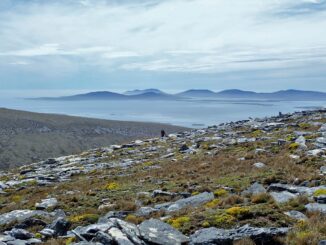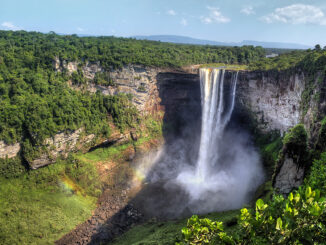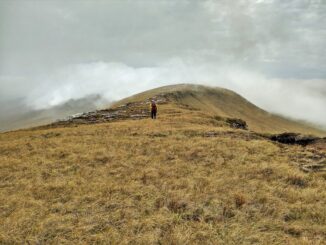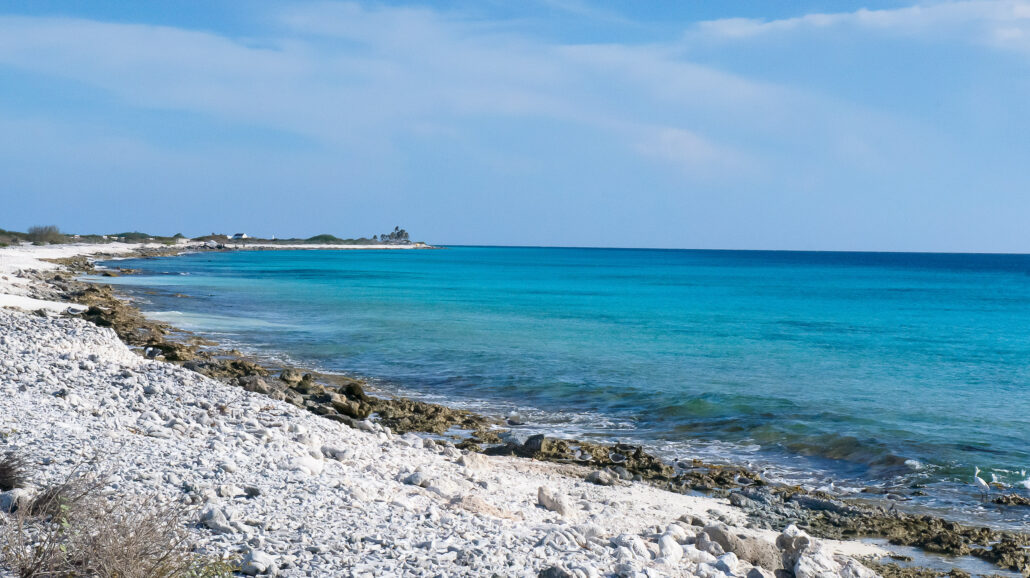
This distant outpost of the Netherlands is a rising star in Caribbean tourism, and for good reason—research shows that its famous marine park stands apart from its regional peers. But continued success is far from certain.
“Bonaire has a lot of strengths including that it was the first financially self-sustaining [marine protected area] in the Caribbean when the nature tag program was first introduced in 1992,” said John Bohorquez, a marine and atmospheric scientist at Stony Brook University. “But these strengths don’t guarantee high performance and the Bonaire National Marine Park has faced many challenges.”
A jewel of the Caribbean, Bonaire lies roughly 80 miles off the coast of Venezuela. Once a member of the now-defunct Netherlands Antilles, Bonaire is today run as a special municipality of the Netherlands. Travel + Leisure readers ranked Bonaire as among the top 20 favorite Caribbean islands for 2023.
The island is world-famous for scuba diving in the Bonaire National Marine Park, which rings the entire island. Cruise ship passenger visits have tripled in under a decade. And more tourists are flying to its small and quaint airport than ever before.
In August, United Airlines announced that it was expanding service to Bonaire from Newark, New Jersey. Several flights a week already depart from Houston to Bonaire, taking about four hours to reach the desert island destination. Tourists can also fly direct from Amsterdam.
Now, researchers worry that Bonaire’s rising popularity threatens the pristine reefs located in one of the world’s most successful marine parks.
Bonaire’s dive sites are easily accessible. The island is known throughout the scuba diving community for its abundant shore diving opportunities. A particularly popular site is Tori’s Reef, but Public Parks holds a special affinity for Karpata, a dive site further north that boasts crystal-clear waters and fairly gentle currents hidden by somewhat rough chop on the surface.
Bonaire is increasingly prominent on scuba tourists’ radars, to the benefit of its marine park. All scuba divers must pay a special park entrance fee. The mandatory fee, competent management, and rising numbers of tourists help to explain why the Bonaire National Marine Park enjoys stronger finances than other regional marine protected areas, according to a study recently published in the journal Biological Conservation.
However, as well-run as the park is, there’s still room for improvement, even as the park’s overall management stands out from its peers. Bohorquez, the lead author of the recent study, told Public Parks that he sees problems emerging as the island struggles to deal with a rising population and surging tourism.
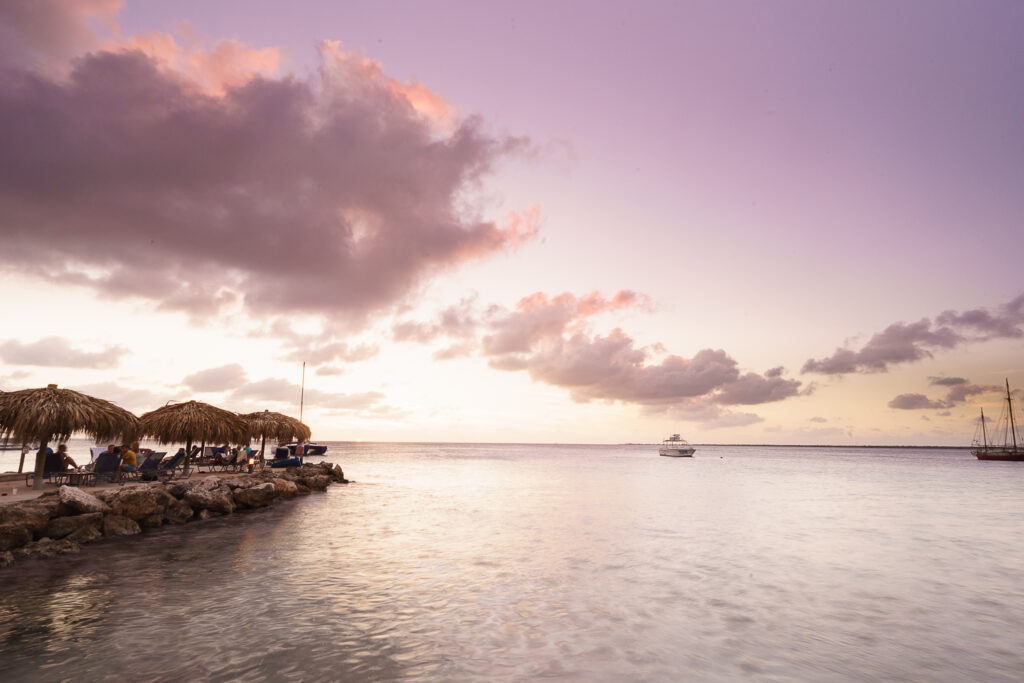
“At the time I was doing this research, the cruise ships themselves were putting pressure on the coral reefs through illegal dumping and physical damage from passing too close to reefs,” he said. “Anecdotally, I saw with my own eyes a coral reef that was turned to rubble, believed to be from a cruise ship passing too close when entering or exiting the harbor.”
He added that cruise ship passengers are not required to pay the marine park fee. Meanwhile, STINAPA, the organization charged with managing and protecting Bonaire’s marine park, is struggling to keep up despite a relatively strong financial footing.
“During this research, I came across frequent reports of illegal spearfishing, trampling corals and seagrasses, and other impacts from both cruise ship passengers and employees,” Bohorquez said. “The result is that STINAPA has had to increase their capacity to manage and educate visitors.”
The research conducted by Bohorquez and his colleagues sought to sort out better ways to analyze the strengths and shortcomings of marine protected area (MPA) management by analyzing parks’ financial sustainability. The number of officially designated MPAs is expected to grow in the coming years, and delegates at the United Nations recently agreed to begin talks toward establishing MPAs in international waters.
The researchers considered the history of six Caribbean and eastern Pacific marine parks: three in Colombia, one in Belize, and Bonaire’s popular MPA. Looking at an array of factors including historical backgrounds, current budgets, and current income streams, the study offers recommendations on how to assess and improve MPA finances and management.
Of the six Caribbean MPAs, Bonaire’s was found to enjoy the strongest financial sustainability.
Managers of the Bonaire National Marine Park have at their disposal about $1.7 million per year in annual budget allocations, according to pre-pandemic 2018 figures. The park’s annual income was put at approximately $1.76 million per year. 68 percent of the park’s budget is used to pay its staff.
Bonaire’s MPA “generated sufficient income to fully cover their annual operating expenses,” the study noted. A survey taken by the researchers showed that stakeholders with interests in the preservation of Bonaire’s marine park believe that that park enjoys generally good financial stability. Elsewhere in the world, marine protected areas are considered perpetually underfunded.
However, the study also reveals weaknesses in the Bonaire National Marine Park’s overall management.
“Bonaire rated the highest for financial sustainability yet the lowest for quality of stakeholder relations, inter-institutional coordination, and overall effectiveness toward conservation goals,” the study concluded. Projected funding gaps could be addressed by the park through reallocating resources, the authors recommend, though they acknowledge that Bonaire appeared to have headed this forthcoming problem off by raising the marine park user fee in 2019.
Rising tourism will see more revenue from park fees, giving STINAPA more resources to combat pollution and threats to Bonaire’s coral reefs. But Bohorquez cautioned that money alone won’t resolve the island’s MPA management problems.
“Yes, more tourists mean more paying visitors which can improve financial performance,” he said. “Bonaire has capitalized on this by enforcing their fee program still imperfectly, but very well overall compared to some other MPAs I researched for this study. But more people also put more pressure on the ecosystem and require more personnel and resources to manage.”
©2025 Public Parks
Park Info
Park Name:
Bonaire National Marine Park
Location:
Caribbean Sea
More information:

